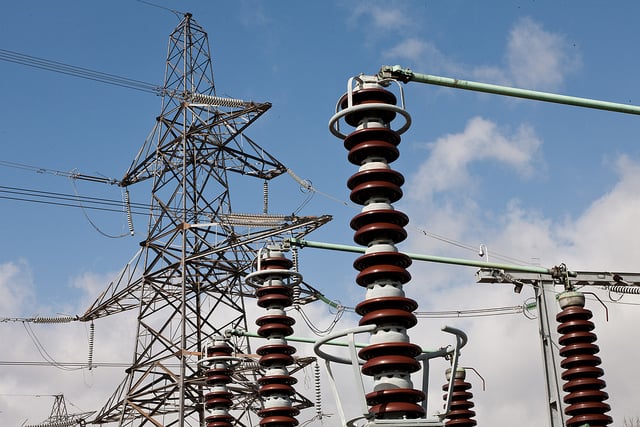The UK National Energy System Operator (NESO) has set out four “short-term” actions to have a “meaningful impact” on the skip rate, in response to an open letter from the Battery Storage Coalition.
NESO has convened the roundtable of energy industry leaders representing battery owners, developers and investors to demonstrate its commitment to transparency and collaboration.
First, it will release an updated dispatch algorithm in the control room, promising that “critical” new assets will start in the control room from early November. In mid-November it will publish an LCP Delta definition, methodology and a full report on transshipment rates, and by the end of November NESO says it will deploy new transparency tools.
The group has committed to meeting again in December to discuss progress.
The Letter from the Battery Storage Coalition criticized skip rates – the frequency with which the system operator skips batteries to use more expensive methods in the Balancing Mechanism (BM) – claiming that battery skips hold back investment and drive up consumer bills.
Data collected by battery storage developers shows that some battery locations are skipped 90% of the time during limited periods. NESO’s response said it “places enormous value” on the role batteries play in securing and balancing the energy system; this month, battery energy storage systems (BESS) stepped up to maintain grid frequency when two major interconnectors failed.
In response to industry feedback, NESO has also committed to continuing work on a number of changes to the code, revising and clarifying the ’30-minute rule’ and reviewing the balancing reserve and wider reserve procurement strategies.
The 30-minute rule was implemented in March this year to change the way BESS communicates energy availability in the BM. The change, from a ’15-minute rule’, is intended to allow batteries to be shipped for longer.
NESO said it is committed to a “level playing field” for all technologies in the market.
In the run-up to the election, Solar Energy UK called on the government to set a target of 30GW of energy storage capacity by 2030. NESO says it predicts a need of “four or five” times the capacity we have today by 2030, which would total around 15-20 GW (based on current UK capacity of 3.9 GW).
The full version of this article is available on our sister site, Current±.


